
The best foods for celiacs
Quinoa or rice? Popcorn or rice cakes? As those with celiac disease know, this autoimmune disease in which the intestine is damaged by gluten (the protein found in many foods such as wheat, rye and more) makes finding foods that are both edible and delicious tricky. Approximately one in 133 Canadians is affected by celiac disease according to the Canadian Celiac Association. In honour of Celiac Awareness Month, we set out to find seven celiac-favoured foods.
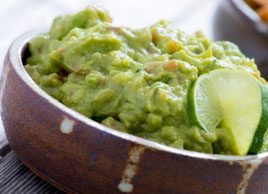
Guacamole
Not only is this delicious dip (made from a combo of mashed avocado and lime) gluten-free and yummy, it’s also a versatile choice, says Sue Newell, education consultant with the Mississauga, Ont.-based Canadian Celiac Association. “I think those with celiac disease like the taste and the texture-it’s got a smooth texture that’s also rich and it can be eaten with all sorts of things,” she says. “It’s also generally available-if you’re in a restaurant, the guacamole would be a good option.” To dress up this healthy dip (avocado is rich with healthy monounsaturated fats), mix in additional ingredients such as chopped cilantro, tomato or onion.
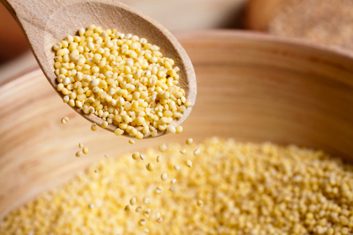
Millet
“Alternative grains like millet or quinoa are popular – partly because people quickly get tired of rice and start looking for other things,” says Sewell. Millet happens to be a favourite dish of Andrea Mulder-Slater, a St. Andrews, N.B.-based woman whose mother has celiac disease and who also eats gluten-free. “We like it boiled with a pinch of salt, a touch of butter and some caraway seeds, and it’s also terrific if baked in the oven with cheese,” she says. This nutty-tasting, fibre- and protein-rich grain, which has an extra hit of flavour if you toast it in a pan before cooking it, is also an adaptable staple in that it can be served as a side supper dish, as part of breakfast or mixed into a sweet or savoury salad.

Peanut butter
This spreadable topping can be incorporated into a celiac-friendly diet a number of ways-worked into a dip for veggies, swirled into some cream of rice cereal, baked into gluten-free muffins and more. But for Lisa Mathieson of Clairmont, Alta., the classic protein-rich PB (which is also rich with monounsaturated fats) is part of her go-to snack in her gluten-free diet. “One of my favourite snacks are granny smith apples spread with or dipped into peanut butter,” she says. (The tartness of the Granny apples work well with the sweet, nutty creaminess of peanut butter.)
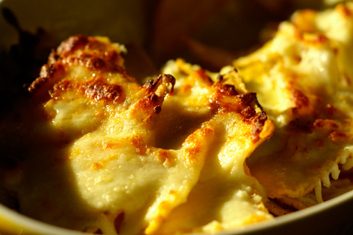
Cheese
This bone-building dairy product that’s packed with calcium is most certainly a celiac fan favourite and can be enjoyed a number of ways. (Think: string cheese, topping baked potatoes with it, eating a bowl of cottage cheese with fruit for breakfast or smearing celery sticks with an herbed cream cheese.) But Mulder-Slater takes it one step further and uses cheese to replace another snack food. “We make cheese chips a lot by baking Swiss cheese on parchment paper in the oven until crispy,” she says. “They’re great for dipping into homemade hummus made with mashed chickpeas, olive oil, cumin and salt, or a black bean dip made with mashed black beans, yogurt, salt, cumin and olive oil.”
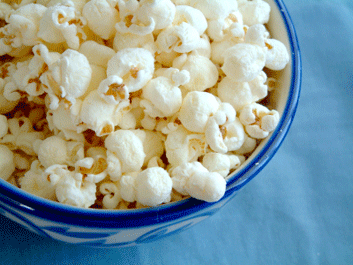
Popcorn
This low-calorie, gluten-free snack is popular among just about everyone. Toppings such as butter and salt can make it that much more tasty. Try sprinkling it with cheese to make cheesy popcorn, or try gluten-free popcorn seasonings. For those who are tired of popcorn, look for corn-based snacks such as rice or corn cakes (to spread peanut butter or other dips on), corn-based crackers and even corn tortillas. (Tip: Sprinkle some cheese inside a folded over tortilla and pan-fry it or broil it in the oven for a yummy quesadilla.)
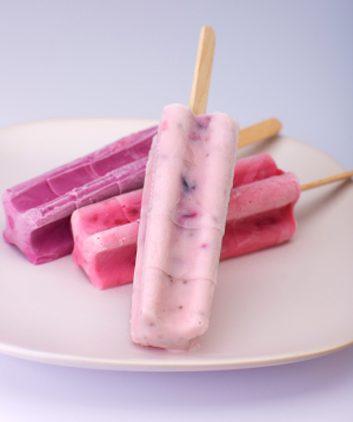
Popsicles
“Popsicles are a favourite of ours and it’s super easy to make our own,” says Mathieson. While you can purchase popsicles that disclose any gluten in their ingredient list (or any risk of cross contamination), making your own can be a fun activity. It might involve something as simple as putting a stick into a container of gluten-free plain yogurt after you’ve mixed in some antioxidant-rich chopped fruit and freezing it. Alongside these yogurt popsicles, you could experiment by mixing up some of your favourite gluten-free ingredients and freezing them in a popsicle mould (sold at most grocery stores).
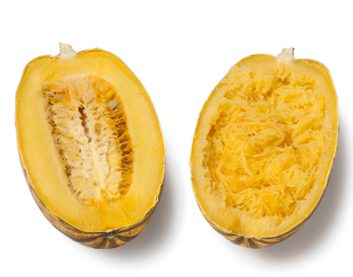
Spaghetti squash
This gourd, which is packed with fibre and vitamin A, earned itself a spot on our list for versatility. While you could eat it as you would a regular squash-think baked in the oven with butter and salt, or with some tomatoes and feta cheese, it also works as an alternative to spaghetti. “We use it in lieu of spaghetti,” says Mulder-Slater. Bake spaghetti squash until it’s soft enough that you can rake through the insides of it with a fork and pull out the strings of “pasta” and then top it with your favourite spaghetti sauce and a few shaves of fresh Parmesan.
Related:
• Do you need to go gluten-free?
• Our best gluten-free dessert recipes
• Coping with celiac disease
